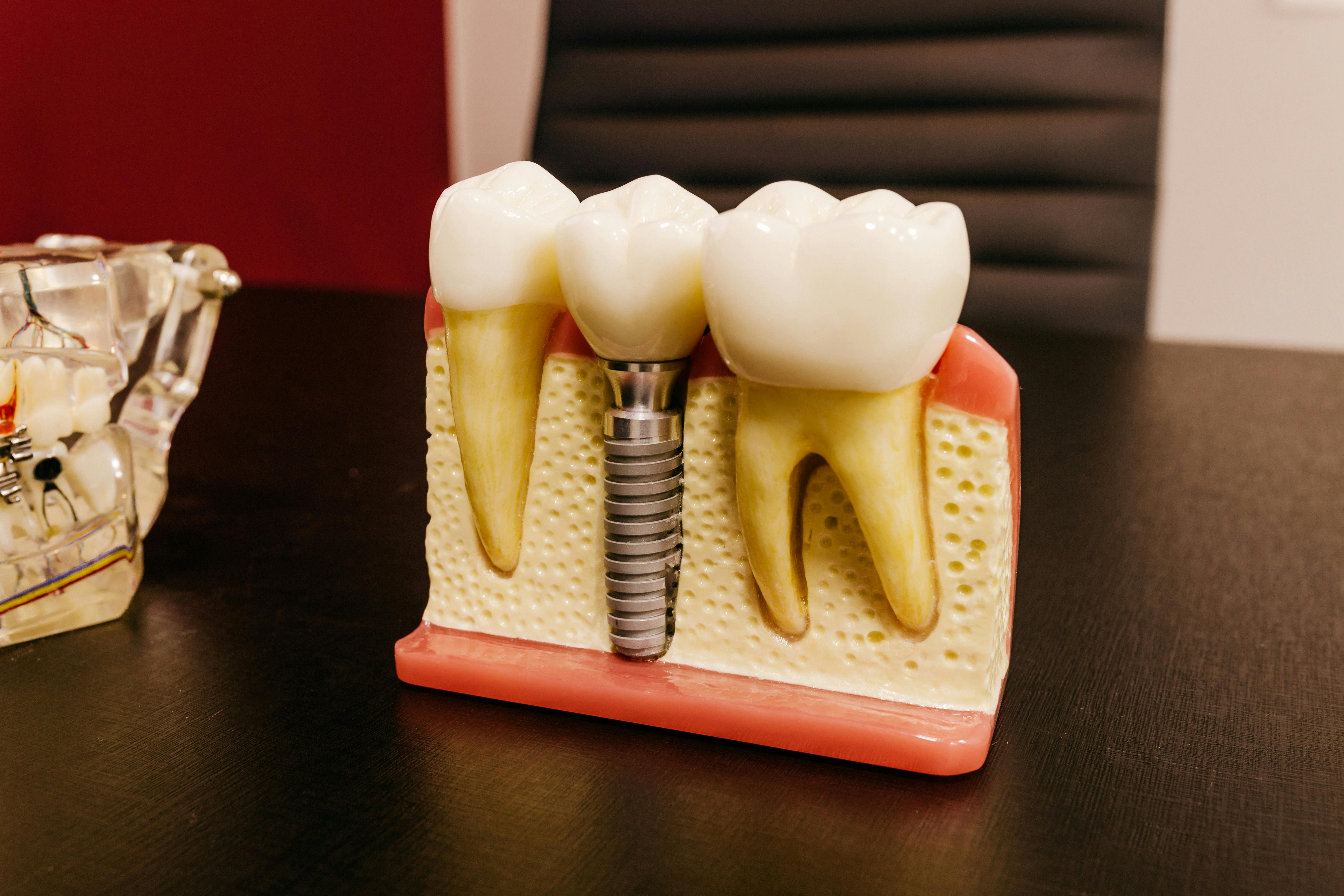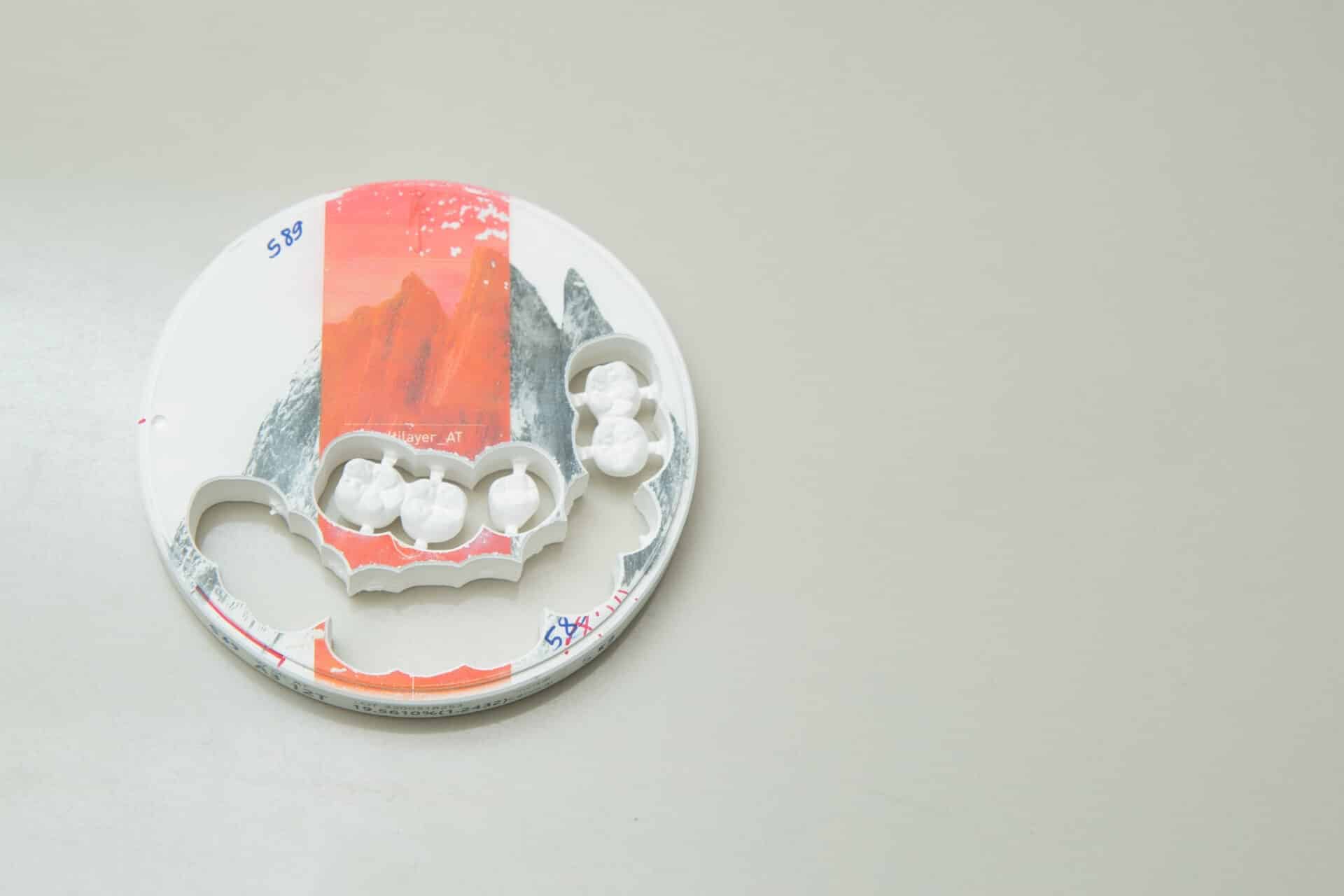Demineralization of teeth is a common problem caused by poor oral hygiene. It can lead to discoloration, sensitivity and cavities. Fortunately, demineralized teeth can be fixed with proper oral hygiene practices and regular dental visits. In this article, we will discuss how to fix demineralized teeth and what steps you should take to maintain healthy teeth.Demineralization of teeth is a process that occurs when acids attack the enamel of the teeth. These acids can come from bacteria in the mouth, sugary and acidic drinks, or even from stomach acid due to GERD or acid reflux. When the enamel is exposed to these acids, it causes it to break down, leading to tooth decay. If not treated in time, this can lead to cavities, gum disease and other oral health issues.
Causes of Demineralization of Teeth
Demineralization is the process of tooth enamel loss, caused by various factors. It is important to understand the causes of demineralization in order to prevent it from occurring. The most common causes are poor oral hygiene, high levels of acidity in the mouth, and sugary or acidic foods and drinks.
Poor oral hygiene is one of the main causes of demineralization. This includes not brushing and flossing regularly, or using improper brushing techniques that can damage tooth enamel. When food particles are left on the teeth, they can create an environment where bacteria can grow, leading to plaque build-up that erodes tooth enamel over time.
High levels of acidity in the mouth can also cause demineralization. Foods and beverages with a high acid content can damage tooth enamel when consumed in large quantities or on a regular basis. This includes soft drinks, fruit juices, citrus fruits, and wine. Certain medications can also increase acidity levels in the mouth.
Sugary foods and drinks are another major cause of demineralization. Bacteria in the mouth feed on sugars that are left behind after eating or drinking sugary items such as candy and soda. The bacteria then produce acids which attack tooth enamel and weaken it over time, leading to demineralization.
Demineralization can be prevented by practicing good oral hygiene habits such as brushing twice daily with a fluoride toothpaste and flossing daily to remove food particles from between teeth where bacteria can grow unchecked. Limiting consumption of sugary or acidic foods and drinks will also help prevent demineralization from occurring. Finally, drinking plenty of water helps keep saliva production at healthy levels which helps neutralize acids in the mouth that could lead to demineralization.
Symptoms of Demineralization of Teeth
Demineralization of teeth is a condition in which the enamel and other components of the teeth are weakened due to the loss of minerals such as calcium and phosphorus. The most common symptom is tooth sensitivity, which can occur when hot, cold, or sweet foods and drinks come into contact with the teeth. Other symptoms include discoloration of the teeth, roughness or chipping on their surface, and cavities due to damage to the enamel. Additionally, some people may experience pain when biting down or chewing food.
If left untreated, demineralization can lead to more serious oral health issues such as periodontal disease and tooth decay. It is important for people to visit their dentist regularly for check-ups and cleanings in order to diagnose any potential problems in their mouth. If caught early enough, demineralization can be treated using remineralizing agents such as fluoride supplements and special toothpastes that help restore minerals in the teeth.
Preventative measures such as limiting sugary drinks and snacks and brushing twice a day with fluoride toothpaste can also help protect against demineralization. Additionally, regular dental visits are key in detecting any signs of demineralization early on so that treatment can begin right away before it causes further damage to the teeth.
Diagnosis for Demineralization of Teeth
To diagnose demineralization of teeth, a dental professional will typically take an X-ray and use special instruments to check the surface of the teeth. In some cases, the dentist may also use a microscope to examine the teeth more closely. This can help determine whether there is an area of demineralization present and whether it is affecting the tooth structure. The dentist may also take a sample of saliva from around the teeth to test for any bacteria or other contaminants that could be contributing to the demineralization process.
The dentist may also recommend other tests such as a CT scan or MRI to look for any underlying conditions that could be causing or contributing to the demineralization. If necessary, they may refer their patient to a specialist for further evaluation and treatment. Treatment plans will vary depending on the severity and extent of demineralization, but typically involve restoring lost minerals with fluoride treatments, dietary changes, and good oral hygiene habits.
Demineralized Teeth
Demineralized teeth occur when the enamel that usually covers the teeth starts to weaken and thin out. This can lead to a number of oral health issues, such as cavities, tooth decay, and sensitivity. While there are certain treatments available to help remineralize the teeth, there are also many home remedies that can be used to help treat demineralized teeth.
Oil Pulling
Oil pulling is an ancient Ayurvedic practice that has been used for centuries for oral hygiene. To do oil pulling, you simply swish around a tablespoon of oil in your mouth for about 15 minutes. This helps to pull out bacteria from your mouth and helps remineralize teeth by providing essential nutrients that strengthen enamel.
Coconut Oil
Coconut oil is another great option for remineralizing your teeth. It contains lauric acid, which has anti-inflammatory and anti-bacterial properties that can help fight against tooth decay and cavities. Simply swish around a tablespoon of coconut oil in your mouth for 15 minutes each day to get the benefits.
Aloe Vera
Aloe vera is another great remedy for remineralizing teeth. Aloe vera has antiseptic and anti-inflammatory properties which can help reduce bacteria in the mouth and promote healing of the affected area. You can apply aloe vera gel directly to the affected area and allow it to sit for 15 minutes before rinsing off with warm water.
Vitamin D
Vitamin D is essential for healthy teeth and bones as it helps absorb calcium from food sources. Make sure you’re getting enough Vitamin D by incorporating foods like eggs, salmon, mushrooms, sardines, and fortified milk into your diet or by taking a supplement if necessary.
Fluoride Mouthwash
Fluoride mouthwash is one of the most effective ways to remineralize your teeth as it helps restore minerals back into weakened enamel. Look for products that contain fluoride when shopping for a mouthwash or rinse as this will be more beneficial than those without fluoride in them.

Diet and Lifestyle Changes to Prevent Demineralized Teeth
It is important to make lifestyle and dietary changes in order to prevent demineralized teeth. Eating a balanced diet can help maintain the pH balance in the mouth, reducing the risk of demineralization. Additionally, limiting sugar intake helps reduce acid production in the mouth, which can lead to cavities and tooth decay. Additionally, it is important to drink plenty of water throughout the day to ensure that saliva production is adequate and that any acids or sugars are washed away from the teeth.
Regular brushing and flossing are also essential for preventing demineralization of teeth. Brushing should be done at least twice a day with fluoride toothpaste, and flossing should be done once a day. This helps remove plaque buildup which can contribute to demineralization of the enamel.
It is also important to schedule regular dental visits with a dentist or hygienist for professional cleanings and check-ups. Regular dental visits help remove any plaque buildup that may have been missed during at-home care as well as detect any early signs of demineralization before it becomes a more serious problem.
Finally, avoiding activities such as smoking or chewing tobacco can help reduce the risk of developing demineralized teeth. Smoking decreases saliva production which can increase the risk of acid buildup in the mouth, leading to cavities and tooth decay. Furthermore, tobacco products contain high levels of nicotine which can lead to discoloration of teeth as well as an increased risk for gum disease.
By following these simple lifestyle changes, individuals can greatly reduce their chances of developing demineralized teeth and keep their mouths healthy for many years to come!
Professional Treatments for Demineralized Teeth
Dental demineralization is a process in which the enamel and dentin of the teeth are weakened and damaged due to the loss of minerals. This damage can be caused by poor oral hygiene, acidic foods, sugary snacks, smoking, and other lifestyle habits. Demineralization can lead to tooth decay, cavities, and other dental problems. Fortunately, there are professional treatments available that can help restore mineral content in the teeth and protect them from further damage.
The most common treatment for demineralized teeth is fluoride application. Fluoride helps replace lost minerals in the enamel and dentin of the teeth and helps reduce further demineralization. It can be applied topically in a dentist’s office or through a home-care product such as toothpaste or mouthwash.
Another treatment option is remineralization therapy. This involves applying special products to the teeth that contain minerals such as calcium phosphate or hydroxyapatite. These minerals help strengthen weakened enamel and dentin, making them more resistant to acid attack and helping to prevent further damage.
In some cases, a dentist may recommend placing dental sealants on demineralized teeth. Sealants are thin plastic coatings that are applied to the chewing surfaces of back teeth to protect them from decay-causing bacteria. They help seal off tiny pits and grooves where bacteria can accumulate and cause decay.
A dentist may also suggest using special mouth rinses that contain ingredients like chlorhexidine or cetylpyridinium chloride (CPC). These ingredients have antibacterial properties that help reduce bacterial levels in the mouth and keep plaque from forming on the teeth.
Finally, a dentist may recommend lifestyle changes such as reducing sugary foods and drinks or quitting smoking to help prevent further demineralization of the teeth. Regular visits to the dentist for checkups and cleanings are also important for maintaining healthy teeth and gums. With proper care and treatment, it is possible to reverse demineralization of the teeth and keep them strong and healthy over time.
Dental Fillings and Sealants to Repair Demineralized Teeth
When teeth become damaged due to decay, one of the best ways to repair them is with dental fillings and sealants. Dental fillings are used to replace lost tooth structure due to cavities or other damage. They are typically made from composite materials that can be easily shaped and colored to match the surrounding teeth. Sealants are also used to protect the enamel on the surface of the tooth from further damage, trapping bacteria and preventing them from entering the underlying dental tissues.
One of the most common types of dental fillings is amalgam, which is made up of a combination of metals such as silver, tin, and mercury. Amalgam fillings are strong and durable and can last for many years with proper care. However, they may discolor over time and some patients find them aesthetically unappealing. To address this issue, composite fillings have become increasingly popular in recent years as they offer a more natural look that matches the patient’s existing tooth color.
In addition to filling cavities caused by decay, dental fillings can also be used to repair chipped or cracked teeth. In these cases, a more durable material such as gold or porcelain may be used instead of composite materials in order to ensure a longer-lasting repair.
Sealants are another way to protect against further damage from decay or wear and tear on teeth surfaces. Sealants are typically applied directly onto the enamel surface of a tooth in order to create an invisible barrier that traps bacteria and prevents it from entering into deeper layers of tooth structure where it could cause more serious damage. Sealants are quick and easy for dentists to apply in just one visit, however they will need to be reapplied every few years depending on wear and tear on the surface of the tooth.
Dental fillings and sealants can both be effective methods for repairing demineralized teeth caused by decay or wear-and-tear damage. While amalgam fillings tend to be stronger than composite ones, they can cause long term discoloration that some patients may not find desirable while composite fillings offer a more natural look that matches existing tooth color better but may not last as long overall. Meanwhile sealants provide an effective way of protecting against further bacterial damage without having any visible appearance on the surface of the tooth itself.
Ultimately when deciding which type of treatment is best for repairing demineralized teeth it is important for patients to discuss their individual needs with their dentist in order ensure they receive an appropriate solution for their unique situation.


